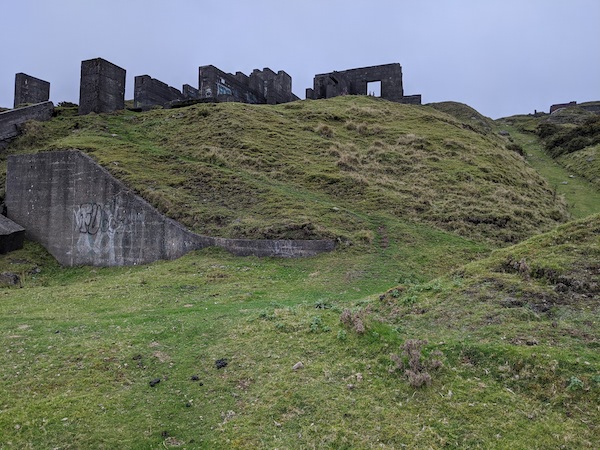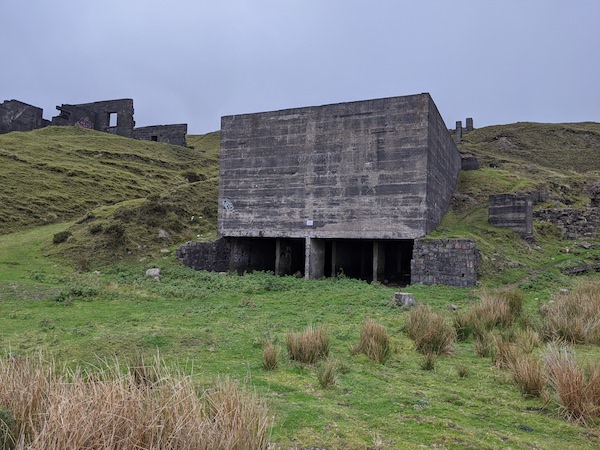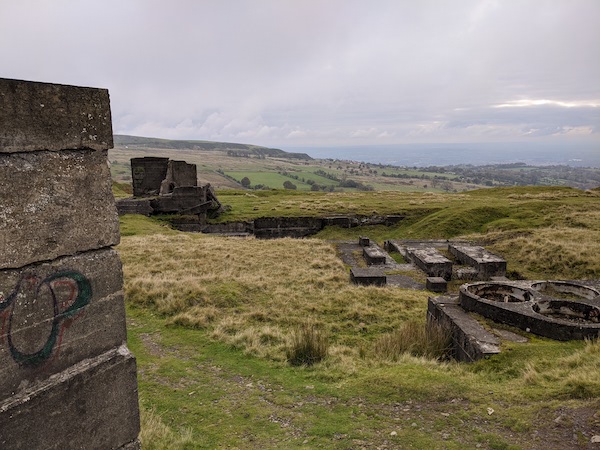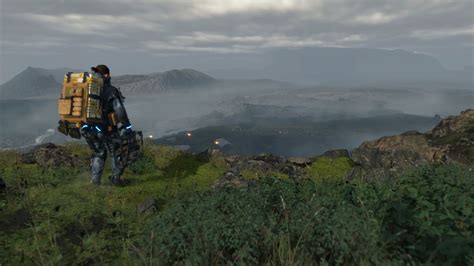
I used to have a friend that loved getting high and playing video games. They were obsessed with 1993’s Doom, an early first-person shooter which had relentless waves of enemies and an odd ‘forced 3D’.
Sometimes, you’d be in a place with them and they would compare it to a Doom level. It always felt jarring – I understood that the impression was vivid to them, but it didn’t translate to other people. When I was in the Louvre, I was amazed by the art, not how easily I could imagine a Cyberdemon appearing from around the corner.
Last month, I was climbing a hill in Shropshire, walking over scrub common-land, with clouds drawing down closer. There was no real path so I had to pick the best route. As I climbed, I looked up to see some ruined buildings emerged in the shadows ahead of me.
And I couldn’t help but feeling like I was in the game Death Stranding.

I played a lot of Doom and Quake back in the nineties, but I’d never had such a strong feeling of deja-vu about a game before. It’s something to do with how sophisticated these games have become. When I’m walking through the landscape in Death Stranding, it feels so similar to keeping my balance when I’m walking on steep hills. And the distance between reality and graphics is diminishing, particularly on misty days.
A week ago, I spent an entire day playing The Last of Us Part 2 (hey, it’s a pandemic). When I went out to the supermarket afterwards, my movements felt videogame-like, my vision when I turned like the in-game camera. When I picked things up to put them in my pocket, I felt the same satisfying click as that game provided.

I’d like to argue that this is more remarkable than simply seeing long corridors and hidden corners as dangerous; but I reckon I was unfair to this friend. They’d just engaged with games more intently than I had.
